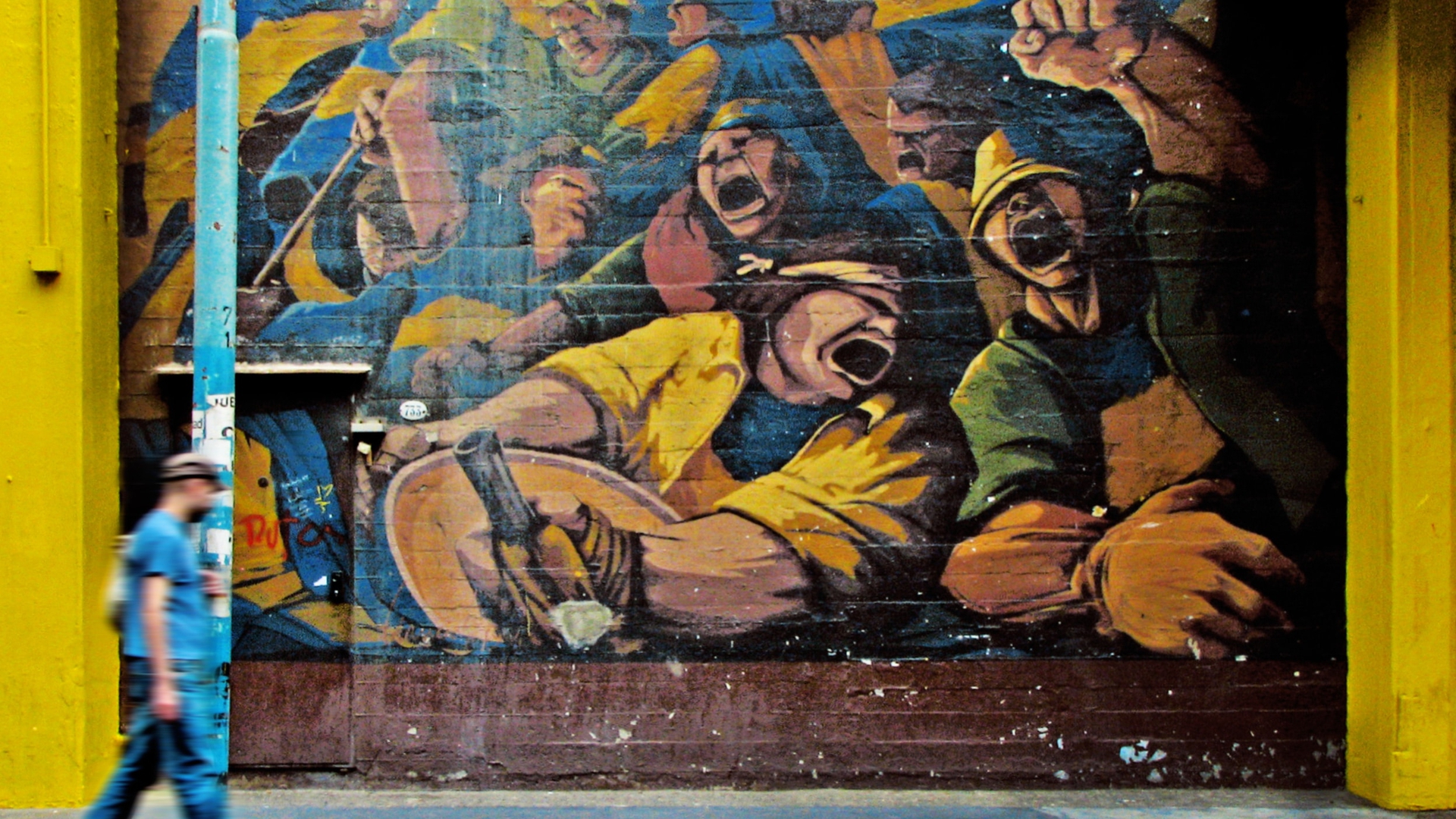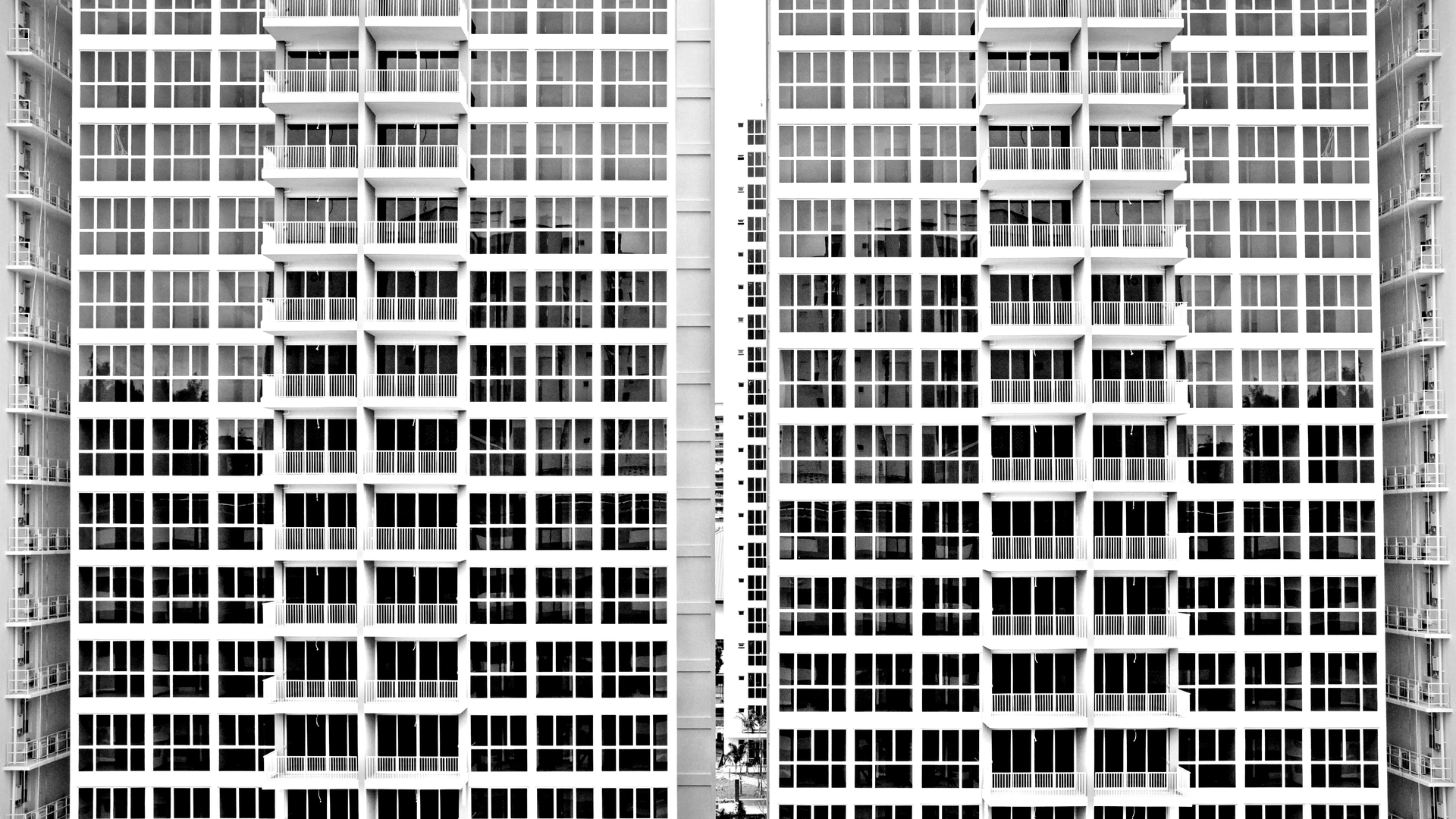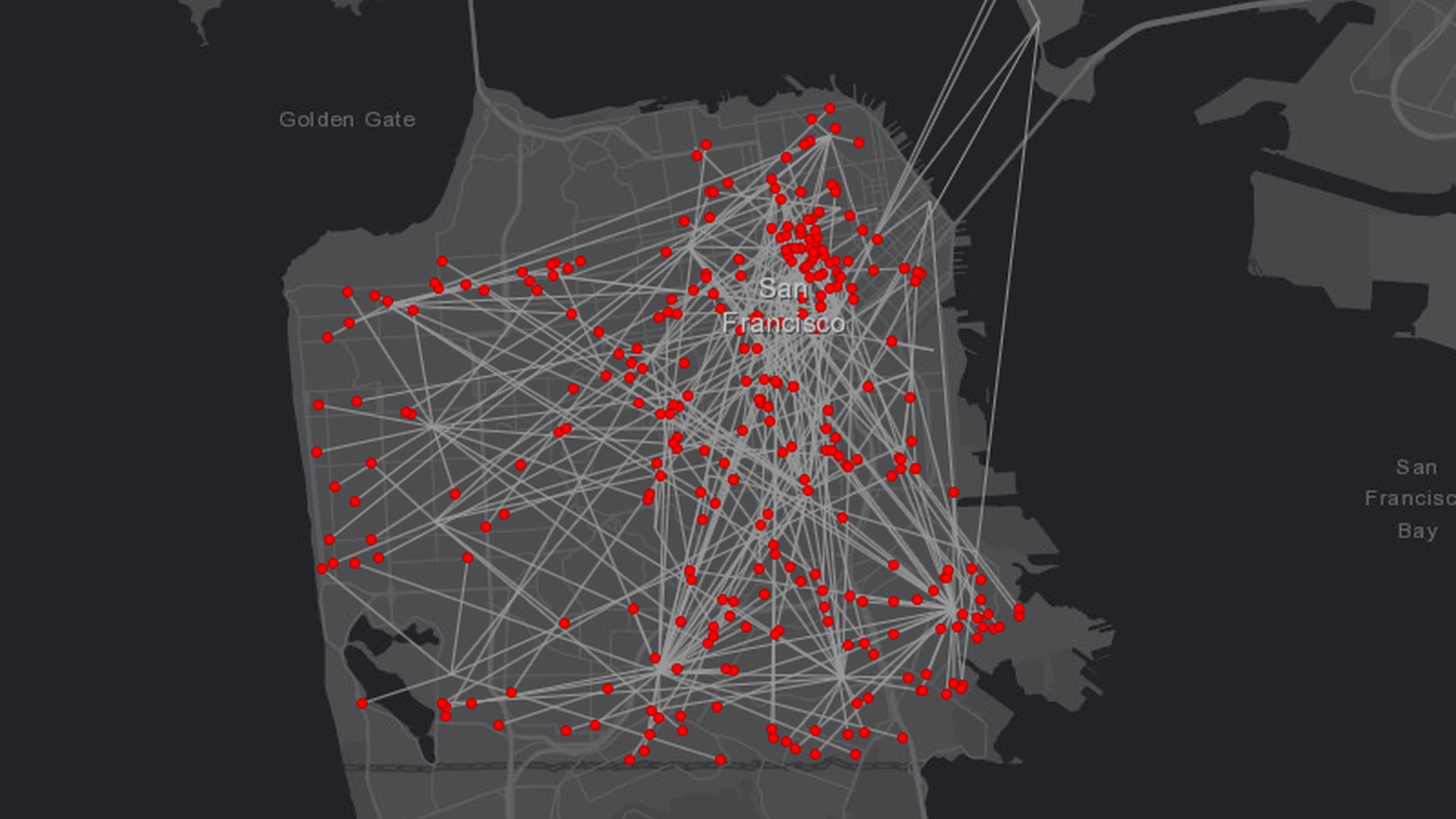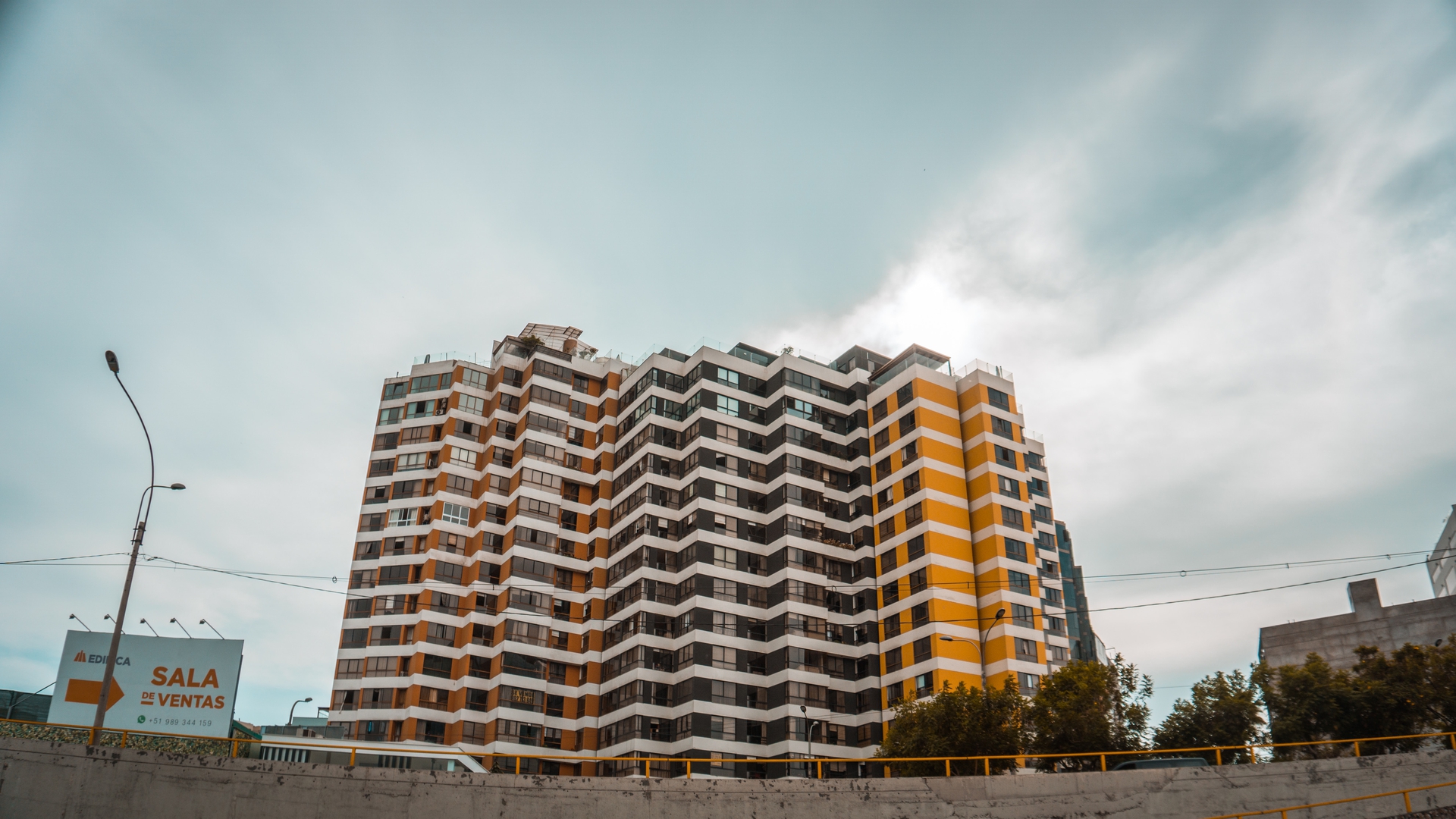Issue 10:
Housing
Oct. 9, 2019

Rent strikes, eviction blockades, anti-gentrification actions, squatting, demands for rent control and renationalization—housing struggles are kicking off in metropolises around the world.
Following a crisis of profitability in production in the late 20th century, real estate and the built environment in general have become an increasingly popular “circuit” via which capital can escape crises, dump surpluses, and extract rents and profits. More recently, these processes have been exacerbated by the predominance of financialization, which is increasingly turning cities, neighbourhoods, and homes into the obscured components of newly-devised financial products and processes. In Marxist terms, the contradiction between the use value and exchange value of housing is intensifying.
After the last crisis of capital in 2008, financial firms used foreclosures to extract wealth from the home-owning, often racialized, working class and concentrate control of a massive number of homes around the world. Workers are paying larger and larger proportions of their wages in mortgage payments and rent, housing is becoming more unstable, and families are being squeezed. The consequence is a widespread crisis of reproduction for the working class. For example, a 2018 report showed that workers earning minimum wage would have to hold do 2.5 full-time jobs in order to afford a one-bedroom flat in most American cities.
Housing and homes were, in the eyes of Marx, a sphere of “secondary exploitation”.1 But today, housing is becoming an increasingly primary terrain of struggle for workers. It is over questions of housing that many modern proletarians go to the barricades, resist displacement, and fight for the decommodification of housing and other areas of life.
In contrast to many contemporary analyses of housing, which are capable only of seeing housing from the perspective of capital or as a policy issue to be “solved,” this issue of Notes From Below seeks to understand housing as a terrain of class struggle. As Mike Davis has identified, the workers’ movement in the early 20th century saw worker self-organisation in the workplace and the community mutually reinforce one another:
…rent gouging amidst a universal lack of shelter was a central grievance of the urban working classes everywhere. By 1915, moreover, the rent strike has become a familiar weapon in the class arsenal and played an important role in fermenting revolts against the war.2
This outbreak of housing struggles followed decades of “speculative real estate speculation coordinated with publicly financed infrastructure mega-projects”—a situation not too dissimilar from what much of the urban working class faces today.3 These working class struggles in the sphere of social reproduction are capable of leading to the recomposition of the rural and urban working class. The social composition that results from them then decisively shapes the potential for the working class to further leap into a higher level of political struggle. The breakdown of close-knit occupational communities (what Ward calls the “spatial decomposition”), the intra- and international migration of surplus populations and their recomposition in fast growing slum districts, the militarized over-policing and spatial decomposition of urban working class communities of color, the use of gentrification as a weapon by the ruling class, the continued enclosure of rural lands—all these phenomena have played and continue to play a vital role in shaping the class struggle.
In Gimme A Home… Chris Carlsson documents a century of struggles over housing in San Francisco by immigrant working class communities that became the foundation for the strength—and weaknesses—of the housing movement.
In her classic expose, Spatial Deconcentration in DC murdered housing activist Yulanda Ward documented how US government Civil Rights Era housing policy served as strategic tool to decompose the insurgent urban working class in the 1960-70s.
In 5 Theses on Movement Building from the Berlin Housing Movement Daniel Gutiérrez examines the conditions that enabled the emergence of the Berlin housing movement.
In Expropriate the Big Landlords: An interview from the frontlines of the German housing movement Michel Jungwirth and Daniel Gutiérrez interview Hannes and Jan from the Jumpstart Working Group (AG Starthilfe) about how they helped build a mass working class movement for expropriation.
In Diary from Vulturilor 50 - Building a Radical Housing Justice Movement in Bucharest Erin McElroy and Veda Popovici discuss how a radical housing movement made up of militant communities can emerge in a post-Socialist context.
In Notes Towards a Practice of Territorial Inquiry Neil Gray proposes a new methodological approach to deal with the new spatial composition of capital.
In Housing and the ‘informal’ social factory: exploring Buenos Aires’ spatial composition
Nick Clare uses the concept of class composition to grapple with the reality of housing in Buenos Aires and develop a more detailed conceptual approach to the ‘social factory’.
In Felice Campanile’s new translations, The Squatting Movement in Italy, a series of historical documents from the Italian movement of the 1970s are made available in English for the first time.
Bjarke Skærlund Risager
Robert Ovetz
Callum Cant
Issue design by the Autonomous Design Group

Spatial Deconcentration in DC
by
Yulanda Ward
/
Oct. 9, 2019

Notes Towards a Practice of Territorial Inquiry
by
Neil Gray
/
Oct. 9, 2019

Housing and the ‘Informal’ Social Factory
by
Nick Clare
/
Oct. 9, 2019

Gimme A Home...
by
Chris Carlsson
/
Oct. 9, 2019

The squatting movement in Italy
by
Comitati autonomi operai di Roma
/
Oct. 9, 2019




